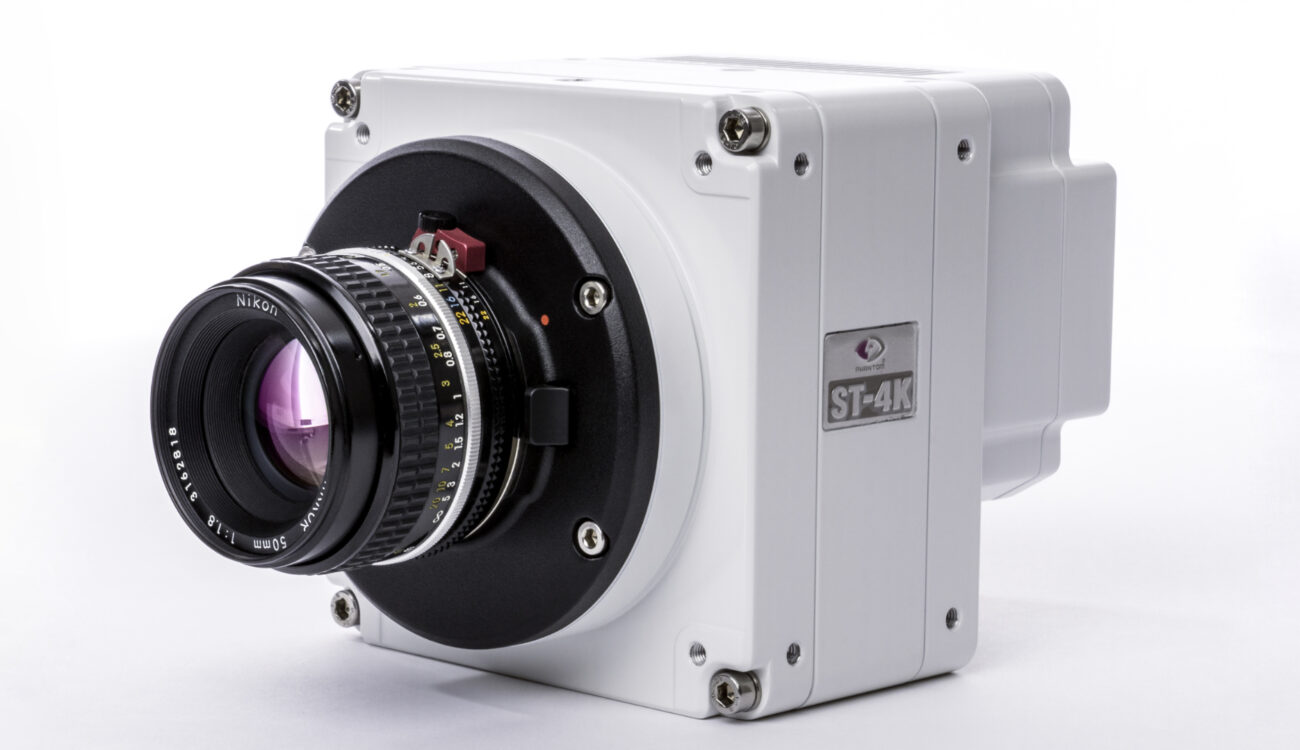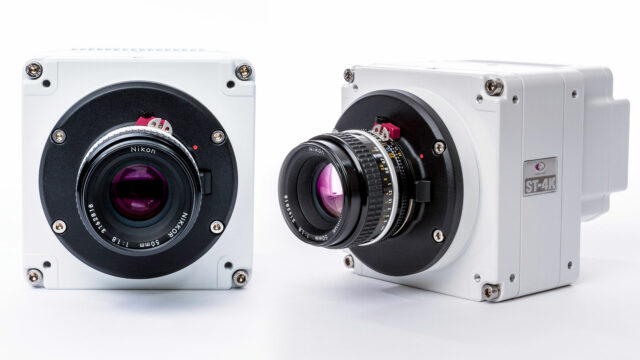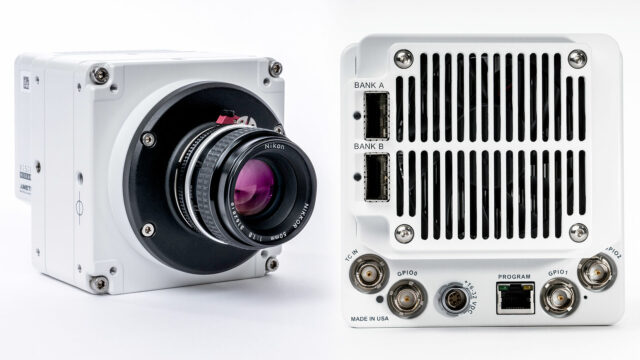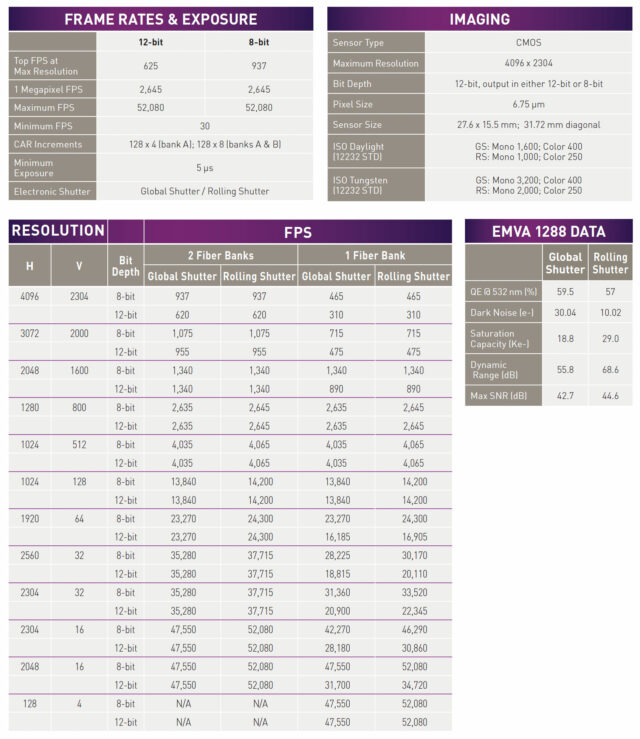
[ad_1]

Vision Research Phantom S991 is a new high-speed camera, featuring the same sensor from Phantom Flex 4K, that can deliver up to 9 Gpx/sec (70 Gbps) throughput. This translates to a maximum framerate of 937 frames per second at a full 9 Mpx resolution (4096 x 2304) or up to 52,080 fps at lower resolutions.
The US company Vision Research has an interesting position in the camera market. They make highly specialized products that (almost) do not have any competition. The talk is, of course, about high-speed cameras. Vision Research offers different lines of cameras and they all share high price tags making them more of a rental product than something to own.
Actually, most Vision Research cameras are rather targeted at machine vision experts, industry applications and research facilities. For cinematic use, the only two recent products, I can think of, that can compete with Vision Research cameras are the Freefly Wave, announced in October 2020, and the Chronos 2.1 announced in January 2021.
Every now and then Vision Research announces a new camera that pushes the boundaries of high-speed image capture a little further or focuses on a specialized use case. The company recently announced another new camera – the Phantom S991. Let’s take a look at the details.
Vision Research Phantom S991
As Vision Research states, the Phantom S991 employs CoaXPress-over-Fiber (CXPoF) technology that can deliver up to 9 Gpx/sec (70 Gbps) throughput. This translates to a maximum framerate of 937 frames per second at a full 9 Mpx resolution (4096 x 2304) or up to 52,080 fps at lower resolutions (in 8-bit), including 2304 x 16. The minimum exposure is 5µs.

Interestingly, the 9 Mpx sensor in the Phantom S991 is the same sensor used in Vision Research’s renowned high-speed media camera, the Phantom Flex 4K. The sensor offers 12-bit imaging and provides both rolling and global shutters to meet a variety of application needs. The sensor features 6.75 µm pixels which should provide higher light sensitivity, with a daylight ISO rating of 1,600 for monochrome and 400 for color in the global shutter mode.
Additionally, the Phantom S991 is designed to achieve very high frame rates and throughput by using CoaXPress-over-Fiber (CXPoF) – the latest machine vision protocol. CXPoF uses CXP12 and optical fiber instead of multiple CXP 6 copper cables. The Phantom S991 requires just two fiber cables, as opposed to the 16 copper cables required by its predecessor, the Phantom S990.

The S991 has an 8-bit output option to provide higher frame rates in larger resolutions and reduce data throughput. It has resolution increments of 128 horizontal x 8 vertical, allowing users to maximize the resolution for the required frame rate. The Phantom S991 also has other user-friendly enhancements, including a mechanical black shutter for remote black references and a Canon EF mount option for remote focus.
EVMA Data:
- QE @ 532 nm (%): 59.5 (G); 57 (R)
- Dark Noise (e-): 30.04 (G); 10.02 (R)
- Dynamic Range (dB): 55.8 (G); 68.6 (R)

The camera body features dimensions of 5x5x6.3″ (125x125x159.7mm) and it weighs 7 lbs (3.2 kg). It comes standard with Nikon F lens mount, but optionally, there can be Canon EF, C, M42, or PL mount installed. The camera does have active cooling, but the fans can be disabled via Quiet mode. There are six 1/4-20″ and sixteen M5-0.8 mounting points. The AC power is coming via the included 80W 24V power supply.
Price and Availability
As always with Vision Research products, there is no information on the price of the new Phantom S991. For information on pricing, you will have to contact the company directly.
Do you have experience shooting with any high-speed camera? What do you think about the new Phantom S991? Let us know in the comments section underneath the article.
[ad_2]






